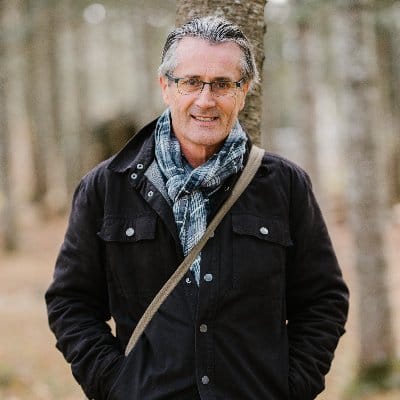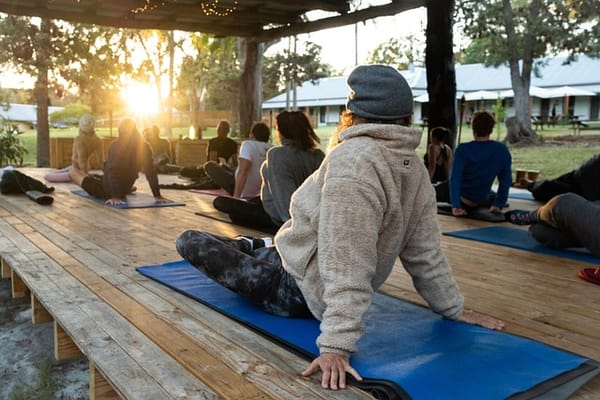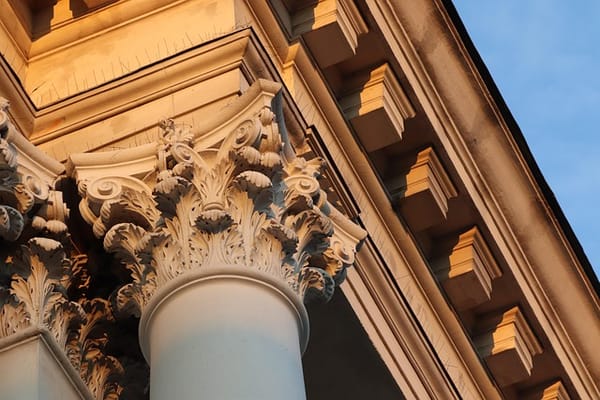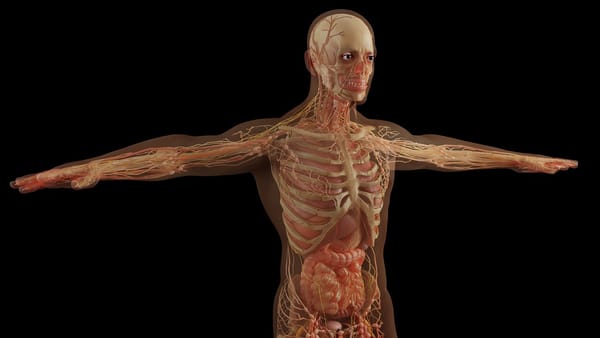Appendix: Toward Sanctuaries of Conscious Initiation
Wherever the human being meets pain with awareness, reverence, and creative love, there a sanctuary is already forming.

Wherever the human being meets pain with awareness, reverence, and creative love, there a sanctuary is already forming.


If addiction is an inverted initiation, then the answer is not merely “treatment” but the re-founding of the Mysteries in a form that serves the modern soul.
This means creating contexts where descent and ascent can again be held consciously — where pain and loss can be met within a field of spiritual meaning, and where the individual is guided not to comfort but to awakening.
These new sanctuaries will not imitate temples of old. They will appear as healing centers, life-schools, or retreat farms — but their essence will be the re-anchoring of the human being in the moral-spiritual order of the world.
Every authentic transformation follows a threefold rhythm: perception → participation → service.
These three stages — seeing, shaping, serving — are the technique of spiritual healing. They can be applied in therapy, education, and community formation alike.
Each sanctuary or center could follow a simple architectural and social archetype:
This “House of Three Circles” could take many forms — urban sanctuaries, farm schools, cooperative houses — but its principle remains the same: every act must reflect the lawfulness of the whole human being.
Many individuals and institutions already work sincerely for healing: therapists, trauma specialists, Waldorf educators, permaculture communities, contemplative movements.
The task is not to oppose them but to offer a higher coherence — to reveal that all these impulses are fragments of one greater whole: the restoration of spirit to culture.
How to do this without stepping on toes:
Gradually, what now stands as separate movements — psychology, education, ecology, art — will begin to recognize their origin in the same Mystery source.
Such work requires individuals with both humility and breadth — those who can bear suffering without sentimentalizing it, and who can read the world spiritually yet speak humanly.
Therefore, people with a deep compassion fused with intellectual clarity and moral courage are needed.
The first “technique,” then, is not institutional but personal initiation: learning to stand in the quiet fire of perception without recoil or projection.
Guides must learn to see through appearances into lawfulness — to accompany without possessing.
The archetype here is not the guru but the midwife: one who helps birth the new being in others.
What begins as a few centers or circles could gradually become a movement of threshold places: sanctuaries of conscious incarnation where the broken initiation of modern humanity is healed through reverent participation in the world’s living law.
Their uniting gesture would be transparency to the real: not ideology, not personality, but the presence of the spirit shining through matter.
Each such place would form part of a greater organism — a Goetheanum in exile, distributed across the world — living proofs that addiction, despair, and alienation are not final conditions but misread initiations, waiting for recognition and renewal.
The time of the unconscious Mysteries is over; the time of the conscious Mysteries has begun.
Wherever the human being meets pain with awareness, reverence, and creative love, there a sanctuary is already forming.
And where such places multiply, the very lawfulness of the world — long forgotten — will again become visible in human community.





